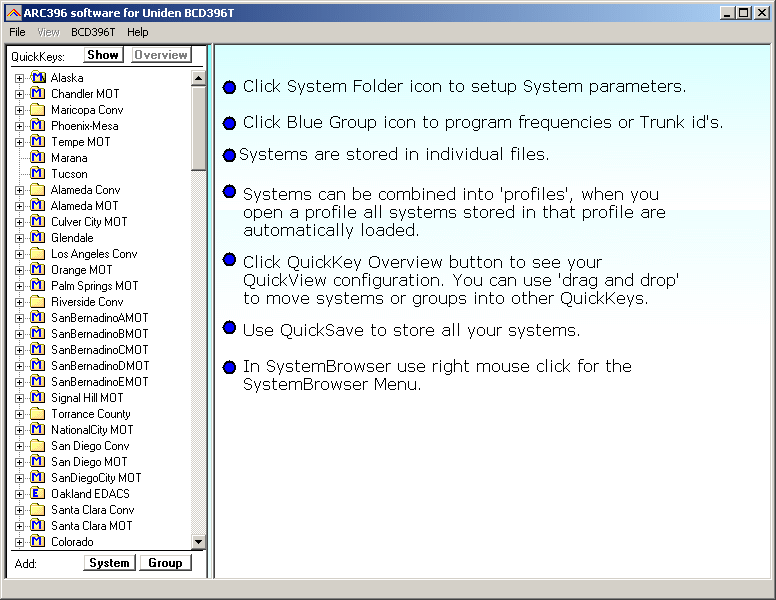With all these options, there's a few reasons you may want to use each. Installer:. Usually uses some administrator privileges to add application data to system folders, or add start up items. Can sometimes become difficult to delete later on, since files are not contained in one location. Allows administrator access during installation - some people may not like this, as it could tamper with files you did not want touched (In an extreme case, where the installer would actually be a virus, etc) Homebrew:. Very easy to update - just run brew update. Everything is installed to /opt/local, or your set location.
Many people just prefer this as they like to use the terminal for everything. Application:. Drag and Drop Installation. Contains all the application files in one space. For this particular one, I suggest Homebrew, if that is something you enjoy using, as it makes for extremely easy updating.
Type Name Latest commit message Commit time Failed to load latest commit information. Mar 1, 2017 Oct 14, 2018 Nov 4, 2018 Mar 4, 2018 Dec 1, 2018 May 29, 2016 May 22, 2018 Nov 26, 2016 Jan 1, 2018 Mar 10, 2018 Apr 10, 2018 Nov 30, 2018 Dec 1, 2018 Dec 1, 2018 May 5, 2016 May 10, 2017 Nov 14, 2018 Jun 15, 2017 Oct 8, 2017 Apr 18, 2018 Sep 9, 2017 Feb 1, 2018 Jul 5, 2018 Nov 30, 2018 Nov 2, 2018 Oct 6, 2018 Dec 3, 2016 Jan 22, 2015 Jan 15, 2017 Jul 31, 2016 Sep 16, 2018 Nov 4, 2018 Oct 3, 2018 May 28, 2015 May 28, 2015 Mar 5, 2018 Mar 25, 2018 Feb 17, 2017 Nov 12, 2018 Sep 9, 2016 Mar 5, 2018.

The friendly interactive shell fish is a smart and user-friendly command line shell for macOS, Linux, and the rest of the family. Fish includes features like syntax highlighting, autosuggest-as-you-type, and fancy tab completions that just work, with no configuration required. For more on fish's design philosophy, see the. Quick Start fish generally works like other shells, like bash or zsh. A few important differences can be found at by searching for the magic phrase 'unlike other shells'. Detailed user documentation is available by running help within fish, and also at You can quickly play with fish right in your browser by clicking the button below: Getting fish macOS fish can be installed:. using: brew install fish.
using: sudo port install fish. using the. as a Packages for Linux Packages for Debian, Fedora, openSUSE, and Red Hat Enterprise Linux/CentOS are available from the. Packages for Ubuntu are available from the, and can be installed using the following commands: sudo apt-add-repository ppa:fish-shell/release-2 sudo apt-get update sudo apt-get install fish Instructions for other distributions may be found at. Windows. On Windows 10, fish can be installed under the WSL Windows Subsystem for Linux with sudo apt install fish or from source with the instructions below. Fish can also be installed on all versions of Windows using (from the Shells category).


Fish Shell For Mac
Building from source If packages are not available for your platform, GPG-signed tarballs are available from. See the Building section for instructions. Running fish Once installed, run fish from your current shell to try fish out! Xcodebuild install sudo ditto /tmp/fish.dst / sudo make install-doc Help, it didn't build! If fish reports that it could not find curses, try installing a curses development package and build again. On Debian or Ubuntu you want: sudo apt-get install build-essential ncurses-dev libncurses5-dev gettext autoconf On RedHat, CentOS, or Amazon EC2: sudo yum install ncurses-devel Contributing Changes to the Code See the.
Contact Us Questions, comments, rants and raves can be posted to the official fish mailing list at or join us on our or IRC channel. Or use the for questions related to fish script and the for all other questions (e.g., customizing colors, changing key bindings). Have an awesome idea?
